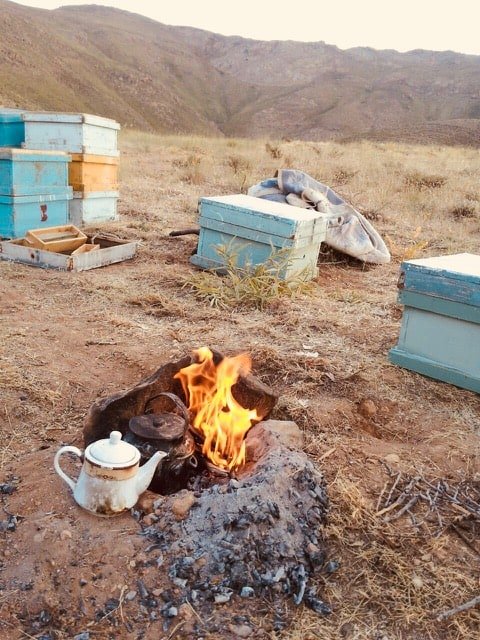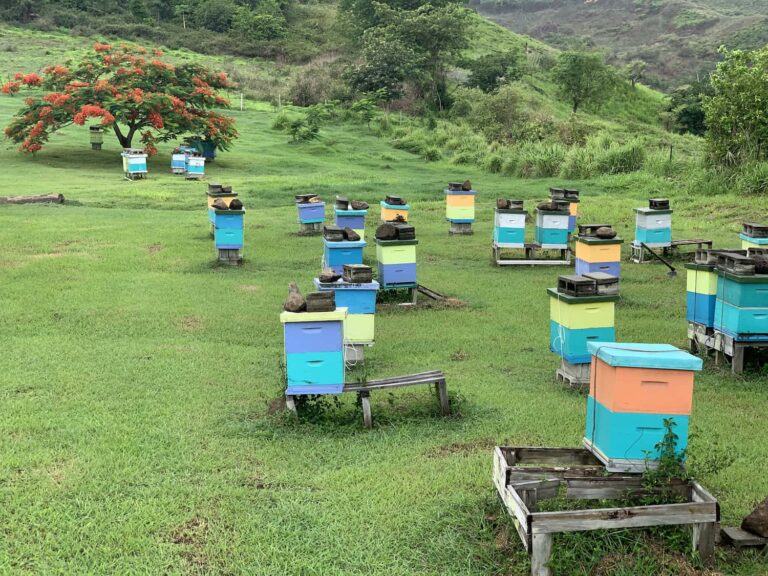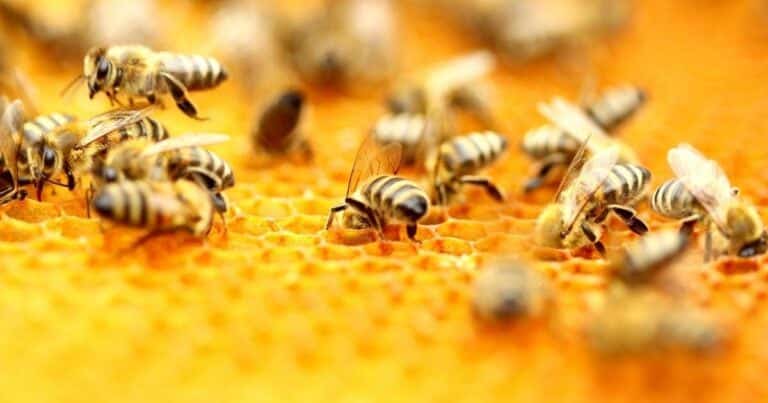The Mythology of Bees
The Mythology of Bees The bee has been mythologised by cultures across the world. They have appeared in many sacred texts, from the Bible to…
The Mythology of Bees
The bee has been mythologised by cultures across the world. They have appeared in many sacred texts, from the Bible to the Koran to Hindu Sanskrit literature, and are symbols of community, brightness and personal power.
In ancient Greece, Apollo gave a gift of prophecy to Hermes in the form of three bee maidens. These maidens – known as the Triae – were a trinity of pre-Hellenic Aegean bee goddesses, with the heads of women and the bodies of bees. Honey itself was considered an elixir, or foods of the gods, and was fed to Zeus as an infant by his nurse Melissa (the Greek word for honey). This perception of honey as a life-giving liquid appeared again in the story of the sea god, Glaucus, who was supposedly brought back to life when his body was buried deep inside a jar of honey!
In Africa, the Kalahari Desert’s San people recall a bee that carried a mantis across a river. The exhausted bee left the mantis on a floating flower but planted a seed in the mantis’s body before it died. The seed grew to become the first human. While in Uganda, the Baganda people tell the legend of Kintu, the first man on earth. Kintu was lonely. So, one day he asked Ggulu, who lived in heaven, permission to marry his daughter, Nambi. To test Kintu, Ggulu asked Kintu to pick his cow from a long stretch of cattle. Nambi transformed herself into a bee, whispering into his ear to choose the beast whose horn she landed on.
In Hindu mythology, the bowstring of love-god Kamadeva’s bow is made of sugarcane, covered in bees. In a more violent apparition, Goddess Bhramari – an incarnation of Shakti– is known as “the Goddess of black bees”. She is associated with bees, hornets and wasps, which cling to her body. She is famously known for slewing the demon Arunasura in the Sanskrit text, Devi Bhagavata Purana. In this battle, goddess Bhramari sent out her bees, hornets, wasps, flies, termites, mosquitos and spiders to destroy the demon; the insects then returned to Bhramari and clung on her again. The Gods, so impressed, praised her, as this destruction of demonic forces returned all the gods to their celestial homes.
In Egypt, bees played an especially important role in mythology, culture and everyday life, with the bee being understood as a symbol of life’s vital phases: birth, death and resurrection. Here, bees were the tears of Ra, the Sun god, and Egypt’s most important deity. In this story, the bee was seen as the messenger of Ra himself, falling down, like tears, towards the earth to pass on sacred messages.



